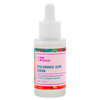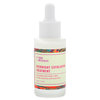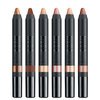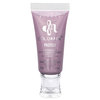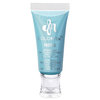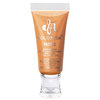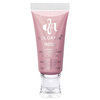
Brown spots, red veins, and wrinkles are one of the hardest beauty blunders to get rid of on your own. Though topical treatments can be effective, at what point do we decide to put down the cream and opt for a more drastic, zap-worthy approach? Yes, we're talking lasers. Used by dermatologists for decades, lasers are designed to target and modify pigments, cells, and follicles in our skin. And since winter is the optimal time to try a laser treatment (your skin needs to be tan-free for maximum effectiveness), it's important to understand how the process works. We spoke with two dermatologists to get the low-down on how these high-tech devices address our toughest skin issues.
 How do lasers work?
How do lasers work?
Laser light is designed to pass through the skin until it reaches its target, where it’s absorbed by the targeted cell and converted into heat. The cell is damaged by the heat, then heals itself. “When the cell heals, we can see clinical improvement,” says Harbor-UCLA Medical Center Director of Dermatologic Surgery, Lisa Chipps, M.D. "The beam of light you see is a laser wavelength targeted to treat a specific component and depth of the skin, a scientific principal known as selective photothermolysis," explains Dr. Chipps. To remove brown spots, dermatologists often use lasers that target the melanin pigment in skin cells. For pesky red veins, they use lasers that target hemoglobin in blood vessels. When they reduce wrinkles, dermatologists choose devices that target the collagen and water in the skin. To remove unwanted hair, lasers target the pigment in the hair shaft and deliver a fatal burst of energy down to the root.
Why are lasers different colors?
Like light, the laser color spectrum indicates different energy levels. Most of the lasers used to remove brown spots or hair are in the red spectrum (the longest wavelength and the lowest energy), while pulsed-dye lasers used to remove fine blood vessels have higher energy wavelengths in the green-yellow spectrum. "Your board-certified dermatologist will decide which laser is best for your specific skin condition," says Dr. Chipps. "They are trained in the principles of laser physics and are experts at making the proper diagnosis."

Am I too young to try a laser treatment?
Some people consider dermatological procedures for young adults slightly controversial (and at $300-500 per session, they’re a pricey investment), but Director of Union Square Laser Dermatology, Anne Chapas, M.D. believes laser procedures are safe—and even more effective—on younger skin. "It’s easier to treat newly formed lines and spots on younger skin because they are at their shallowest,” says Dr. Chapas. She believes a light laser treatment is preventative against future lines when paired with a strict sun protection program and an eye cream formulated with antioxidants and retinol.
También te puede gustar
-

Expert Skin Care Advice
Acne in Not So Pretty Places
- 421
-

Expert Skin Care Advice
Are Lasers Your Last Resort?
- 42
-
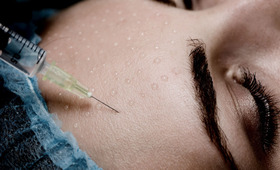
Face Skincare
Zoe Gets Botox
- 19
-

Expert Skin Care Advice
All About Ears
- 77
-

Expert Skin Care Advice
Skin-Saving Tips That Can Change Your Complexion
- 1711
-
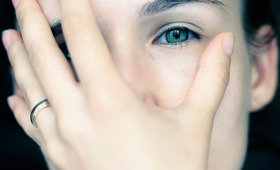
Expert Skin Care Advice
The Breakout Game Plan
- 455
-

Well-being
Sonya Dakar's DIY Winter Skin Care Tricks
- 379
-

Expert Skin Care Advice
What is Retinol?
- 320



 How do lasers work?
How do lasers work?

